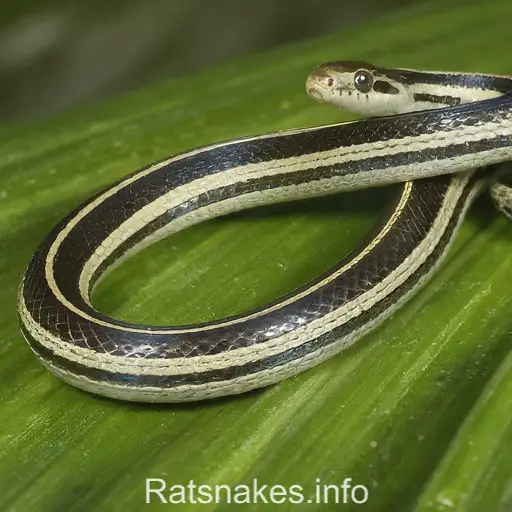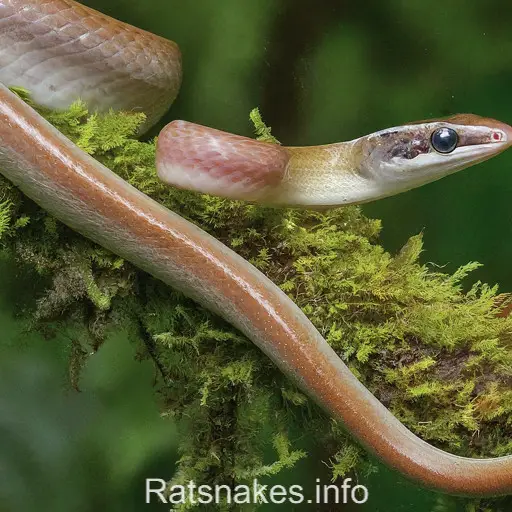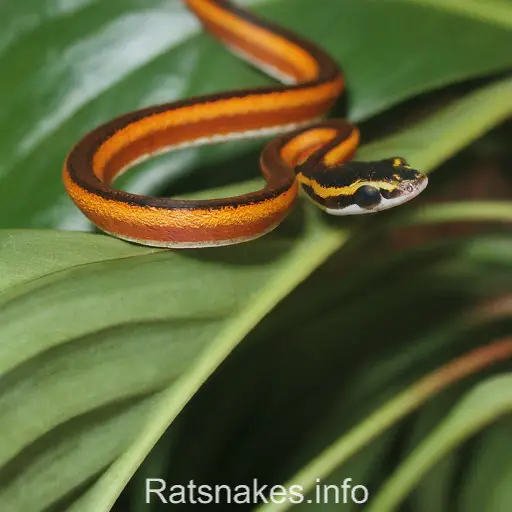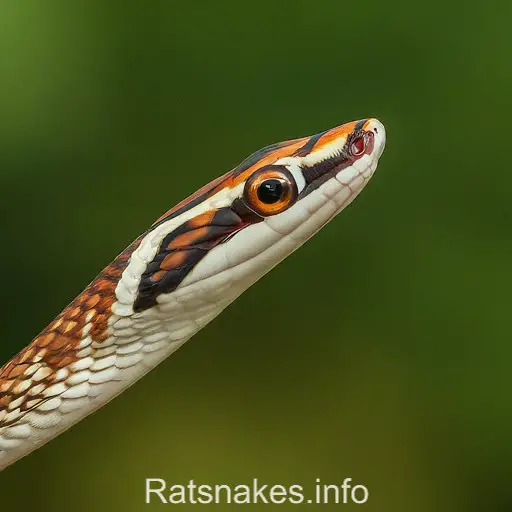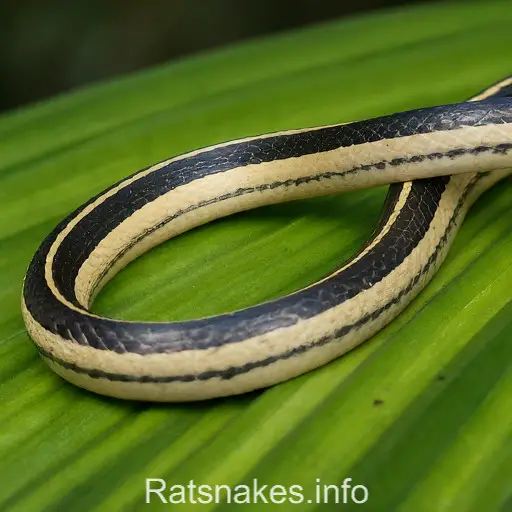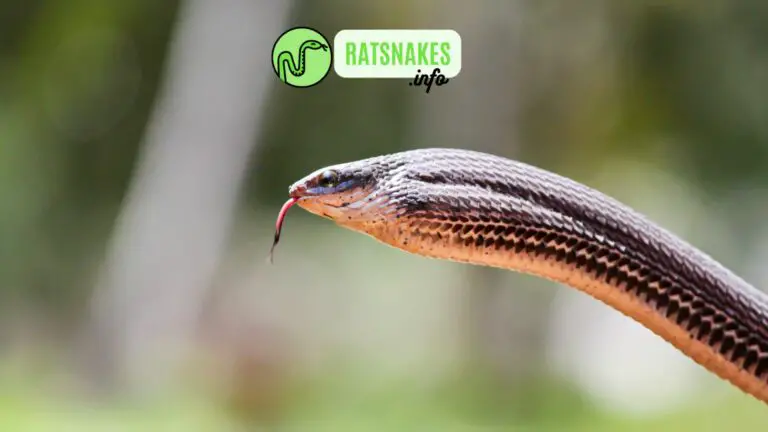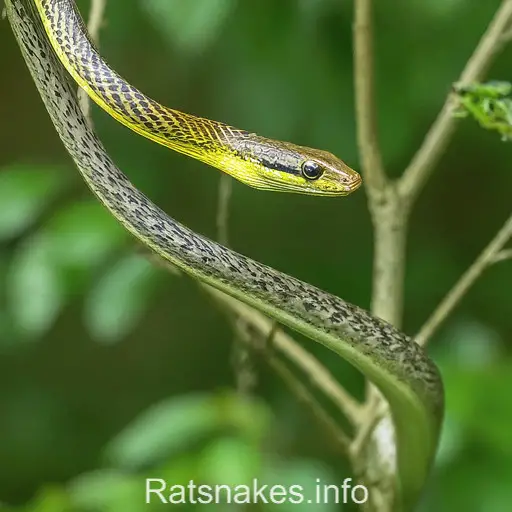
Are you curious about Ptyas korros? These fascinating creatures are known for their sleek appearance and agile movements. In our upcoming article, we’ll delve into the world of Ptyas korros, exploring their habitat, behavior, and unique characteristics. Get ready to discover the secrets of these remarkable snakes with us.
Ptyas korros, also known as the Chinese ratsnake, is a species that captivates both researchers and nature enthusiasts alike. With their striking patterns and impressive size, these snakes are a sight to behold in the wild. Join us as we unravel the mysteries surrounding Ptyas korros and gain a deeper understanding of their importance in the ecosystem.
From their hunting techniques to their role in maintaining ecological balance, Ptyas korros play a crucial part in the natural world. Stay tuned as we uncover more about these captivating creatures and the vital role they play in the intricate web of life.
Habitat of Ptyas korros
When it comes to the Habitat of Ptyas korros, these fascinating creatures have adapted to thrive in a variety of environments. Here’s a closer look at where you can typically find these Chinese ratsnakes:
- Natural Habitats: Ptyas korros are predominantly found in regions with a mix of forests and open fields. They are known to inhabit areas with abundant vegetation and prey availability.
- Geographical Range: These ratsnakes are native to a vast geographical range, including regions in Asia such as India, China, and Southeast Asia, where they are known to roam in both lowland and mountainous areas.
- Preferred Shelter: Ptyas korros are skilled at finding shelter in rock crevices, dense foliage, and even human settlements at times. This versatility in choosing shelter highlights their adaptability to diverse surroundings.
- Climate: Typically, these snakes prefer warm and humid climates, which contribute to their active and agile nature. They are often sighted basking in the sun or exploring their surroundings during the day.
- Human Proximity: Despite their wild nature, Ptyas korros have shown resilience in adapting to human presence in certain areas. This proximity to human habitats also presents opportunities for researchers to observe these snakes up close.
Understanding the habitat preferences of Ptyas korros sheds light on the importance of preserving diverse ecosystems to ensure the survival of these magnificent creatures.
Behavior of Ptyas korros
Ptyas korros, the Chinese ratsnake, display diurnal behavior, meaning they are most active during the day. These snakes are known for their swift movements and agility, aiding them in hunting for prey efficiently. They are skilled climbers and can often be found ascending trees and exploring elevated areas in search of food.
When threatened, Ptyas korros rely on their speed to escape rather than confrontation. They are non-venomous and usually opt for flight over fight when faced with potential dangers. Their primary diet consists of small mammals, birds, and eggs, showcasing their role as effective predators in their ecosystem.
Moreover, Ptyas korros are recognized for their adaptability to diverse environments, including both natural habitats and human-altered landscapes. This adaptability has enabled them to coexist with human settlements, demonstrating their resilience in the face of habitat changes. By studying the behavior of Ptyas korros in various settings, researchers can gain valuable insights into the ecological interactions of these snakes.
Understanding the behavior patterns of Ptyas korros is crucial for conservation efforts as it provides valuable information on their survival strategies in changing environments. By continuing to observe and document their behaviors, we can enhance our knowledge and appreciation of these fascinating reptiles.
Unique Characteristics of Ptyas korros
- Size: Ptyas korros can reach lengths of up to 6.6 feet, making them one of the largest rat snakes in their range.
- Coloration: These snakes typically have a greenish-brown coloration with distinctive black scales that provide excellent camouflage in their natural habitats.
- Behavior: Ptyas korros are known for their swift movements and agile climbing abilities, allowing them to navigate various terrains with ease.
- Diet: Their diet primarily consists of small mammals, birds, and eggs, showcasing their role as effective predators in their ecosystems.
- Habitat: Ptyas korros are highly adaptable and can thrive in diverse environments, including forests, grasslands, and even human-altered landscapes.
- Reproduction: Females of this species lay clutches of eggs, with each clutch typically containing around 5 to 20 eggs, depending on various factors.
- Conservation: Understanding the unique characteristics of Ptyas korros is essential for conservation efforts aimed at protecting these fascinating reptiles and their habitats.
- Insights: Studying these snakes provides valuable insights into ecological interactions and biodiversity, contributing to our knowledge of the natural world.
Hunting Techniques of Ptyas korros
Let’s delve into the intriguing hunting techniques employed by Ptyas korros that make them skilled predators in their natural habitats:
- Ambush Predation: These snakes display remarkable patience, waiting motionless for unsuspecting prey to come within striking range.
- Constriction Strategy: Upon capturing their target, Ptyas korros swiftly wraps around their prey, suffocating it using strong muscular contractions.
- Carnivorous Diet: Feeding primarily on small mammals, birds, and eggs, they exhibit specialized hunting techniques tailored to each type of prey.
- Quick Strikes: Known for their lightning-fast strikes, Ptyas korros swiftly immobilize their prey before consuming it whole.
Exploring these hunting strategies sheds light on the remarkable predatory nature of Ptyas korros and enhances our understanding of their role in their ecosystems.
Role of Ptyas korros in the Ecosystem
Ptyas korros plays a crucial role in maintaining the balance of ecosystems they inhabit. Here’s how they contribute:
- Natural Pest Control: By preying on small mammals and birds, Ptyas korros help regulate populations of potential agricultural pests, thereby aiding in pest control efforts.
- Biodiversity: As a predator in the food chain, Ptyas korros help regulate prey populations, ensuring a diverse range of species coexist in the ecosystem.
- Seed Dispersal: Through their diet, Ptyas korros inadvertently aid in seed dispersal, contributing to the growth and regeneration of plant species in their habitat.
- Indicator of Ecosystem Health: The presence and behavior of Ptyas korros can serve as indicators of the health of their ecosystem. Changes in their population or behavior may signify disruptions in the ecosystem’s balance.
- Conservation Significance: Understanding and protecting the habitat of Ptyas korros is crucial not only for the species itself but also for the overall health and balance of the ecosystems they inhabit.
Ptyas korros are not just predators but integral components of the intricate web of life within their ecosystems. Understanding and appreciating their role is vital for preserving the biodiversity and functionality of these habitats.
Key Takeaways
- Ptyas korros, also known as the Chinese ratsnake, is a captivating species known for its agile movements and striking appearance.
- These snakes are primarily found in regions with a mix of forests and open fields, showing adaptability to different habitats like rock crevices, dense foliage, and even human settlements.
- Ptyas korros are diurnal hunters with a diet consisting of small mammals, birds, and eggs, showcasing their role as agile predators in their ecosystems.
- Understanding their unique characteristics, including their size, coloration, behavior, and habitat preferences, is essential for conservation efforts and biodiversity preservation.
- The hunting techniques of Ptyas korros, including ambush predation and constriction strategies, highlight their effectiveness as skilled predators.
- Ptyas korros play a vital role in their ecosystems by contributing to natural pest control, biodiversity regulation, seed dispersal, and serving as indicators of ecosystem health.
Conclusion
Protecting Ptyas korros’ habitat is vital for ecosystem balance and health. These snakes play a crucial role in natural pest control, biodiversity regulation, seed dispersal, and serve as indicators of ecosystem well-being. Recognizing and preserving their significance is key to maintaining biodiversity and ecosystem functionality. By understanding the importance of Ptyas korros in ecosystems, we can actively contribute to the conservation of these valuable predators. Let’s continue to prioritize the protection of their habitats to ensure the sustainability of our natural environments.

